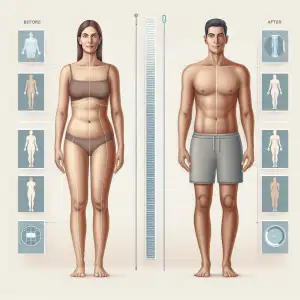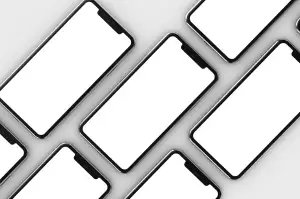Cryotherapy Calorie Burn: Fact or Fiction?
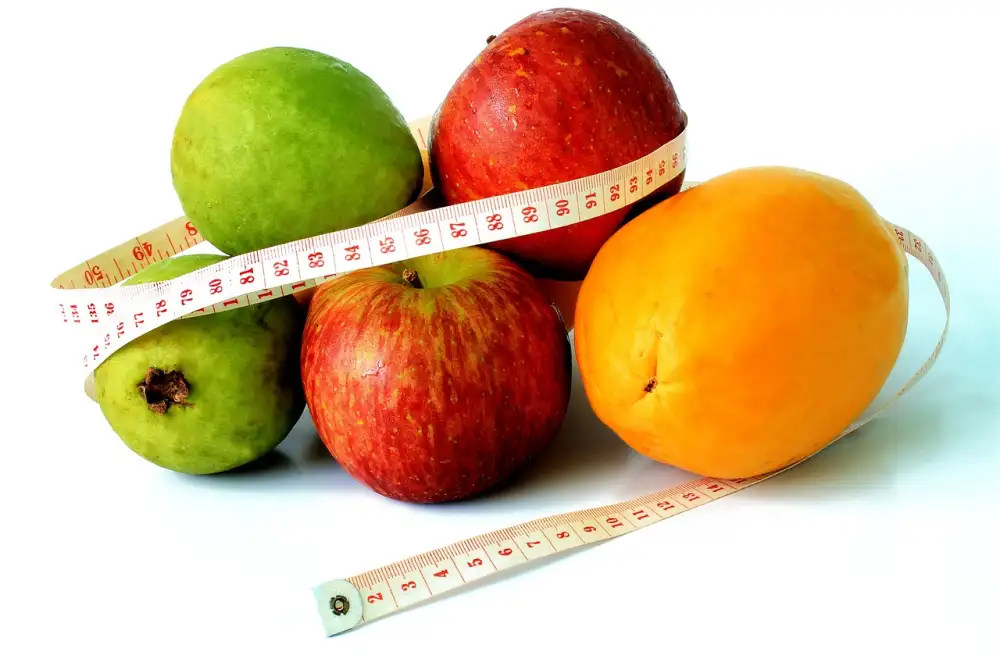
Cryotherapy and Calorie Burn
Cryotherapy involves exposing your body to extremely cold temperatures for a short period, usually a few minutes. It's often touted for its potential benefits like reducing inflammation and muscle soreness. Some claim that cryotherapy can burn a significant number of calories, but the evidence doesn't support this.
While shivering in response to cold does require energy, the number of calories burned during a typical cryotherapy session is minimal. Studies suggest that you might burn an extra 50-150 calories during a session, which is comparable to a light walk. This minimal calorie expenditure is because cryotherapy sessions are short, and your body doesn't work hard enough to generate significant heat.
It's essential to approach claims of cryotherapy as a weight-loss tool with caution. While it might offer other benefits, relying on it for significant calorie burning or weight loss is unrealistic. If you're looking to manage your weight, focus on established methods like regular exercise and a balanced diet. Remember to consult with healthcare professionals before starting any new therapy or weight loss program.
The Science Behind It
Cryotherapy involves exposing your body to extremely cold temperatures, often around -200 degrees Fahrenheit, for a short period, usually 2-4 minutes. While many people tout its potential benefits for muscle recovery, reducing inflammation, and even boosting metabolism, the science behind cryotherapy and calorie burn is a bit more complicated.
The idea that cryotherapy can significantly contribute to weight loss stems from the fact that your body expends energy to maintain its core temperature. When exposed to extreme cold, your body works harder to generate heat, potentially burning more calories than it would at rest. However, the number of calories burned during a typical cryotherapy session is quite small, usually ranging from 50 to 150 calories. To put this into perspective, that's roughly equivalent to the number of calories you'd burn during a brisk 15-minute walk.
While some studies have shown a slight increase in metabolic rate following cryotherapy sessions, the effect is generally short-lived and unlikely to result in significant weight loss on its own. It's important to note that more research is needed to fully understand the long-term effects of cryotherapy on metabolism and calorie expenditure.
Factors Affecting Calorie Expenditure
The number of calories you burn during cryotherapy can vary based on several factors. Your body composition, including your weight and muscle mass, plays a role. People with more muscle mass tend to burn more calories at rest and during activity. Your metabolism, influenced by factors like age, genetics, and hormone levels, also affects calorie expenditure. A faster metabolism generally leads to more calories burned. The intensity and duration of the cryotherapy session matter too. Longer sessions at lower temperatures may result in a slightly higher calorie burn. Additionally, the temperature difference between your body and the cryotherapy chamber can influence the number of calories you burn.
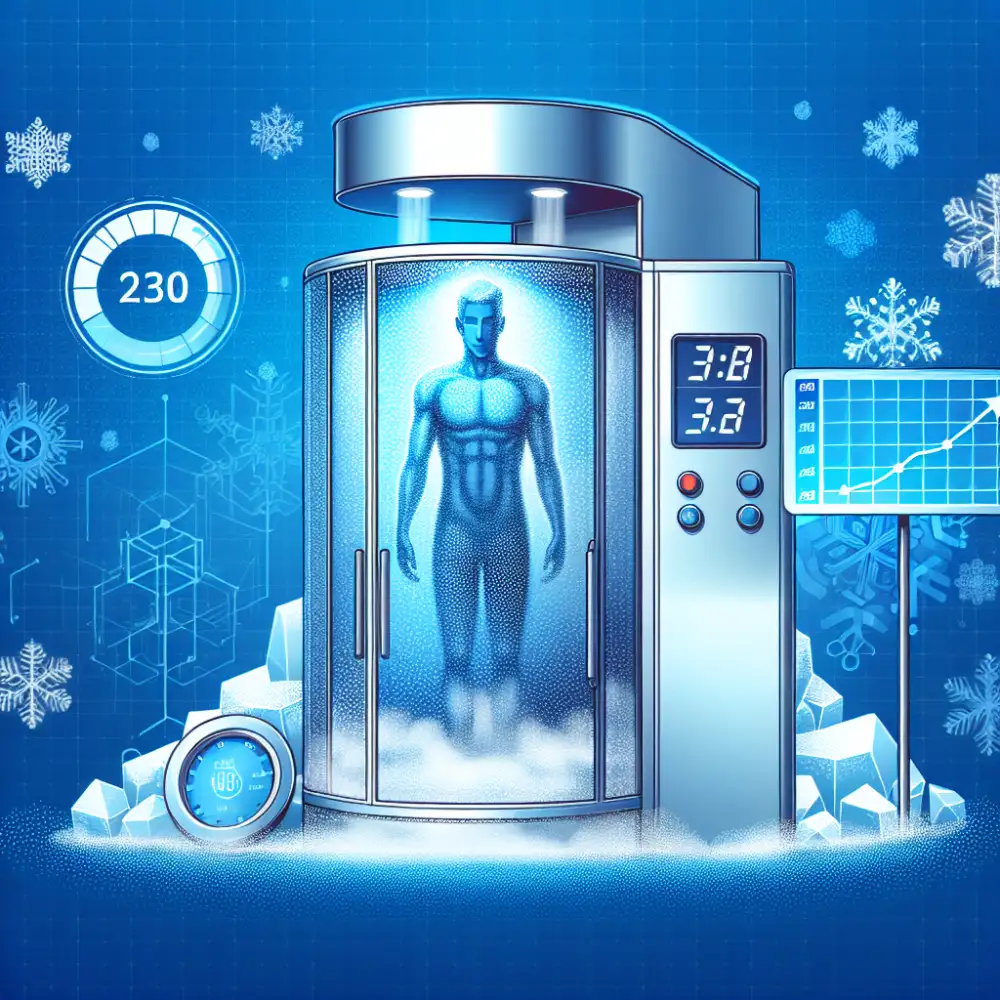
| Cryotherapy Method | Estimated Calorie Burn (per session) | Session Duration |
|---|---|---|
| Whole Body Cryotherapy | 150-300 calories | 2-4 minutes |
| Localized Cryotherapy | Varies greatly depending on treatment area and duration | 5-30 minutes |
While cryotherapy can contribute to a slight increase in calorie expenditure, it's essential to remember that the number of calories burned during a typical session is relatively small, often comparable to the calories burned during a short walk. Therefore, it's not considered a primary weight loss method. However, the potential metabolic benefits of cryotherapy, such as improved insulin sensitivity and increased metabolism, might indirectly contribute to weight management over time when combined with a healthy diet and regular exercise.
Average Calorie Burn
Cryotherapy involves exposing your body to extremely cold temperatures for a short period, typically two to four minutes. Many people associate cryotherapy with potential benefits like reduced inflammation, muscle soreness, and pain relief. Some believe it might even contribute to weight loss by increasing calorie expenditure.
While cryotherapy can temporarily increase your metabolic rate as your body works to warm itself up, the calorie burn is generally minimal. During a session, you might burn an additional 50 to 150 calories. This calorie burn is comparable to what you would achieve with a light walk for a similar duration.
It's important to note that the calorie burn from cryotherapy alone is unlikely to result in significant weight loss. Sustainable weight management primarily involves a balanced diet and regular exercise.
Cryotherapy vs. Traditional Exercise
Cryotherapy involves exposing your body to extremely cold temperatures for a short period, typically a few minutes. It's often touted for its potential to reduce inflammation, relieve muscle soreness, and even aid in weight loss. While cryotherapy can be invigorating and potentially offer those benefits, it's essential to understand that it's not a magical solution for weight loss, especially when compared to traditional exercise.
One of the claims surrounding cryotherapy is that it can burn a significant number of calories. While some proponents suggest that a session can burn hundreds of calories, scientific evidence supporting these claims is limited. The actual number of calories burned during cryotherapy is likely to be very low, probably comparable to the number of calories you'd burn resting for the same amount of time.
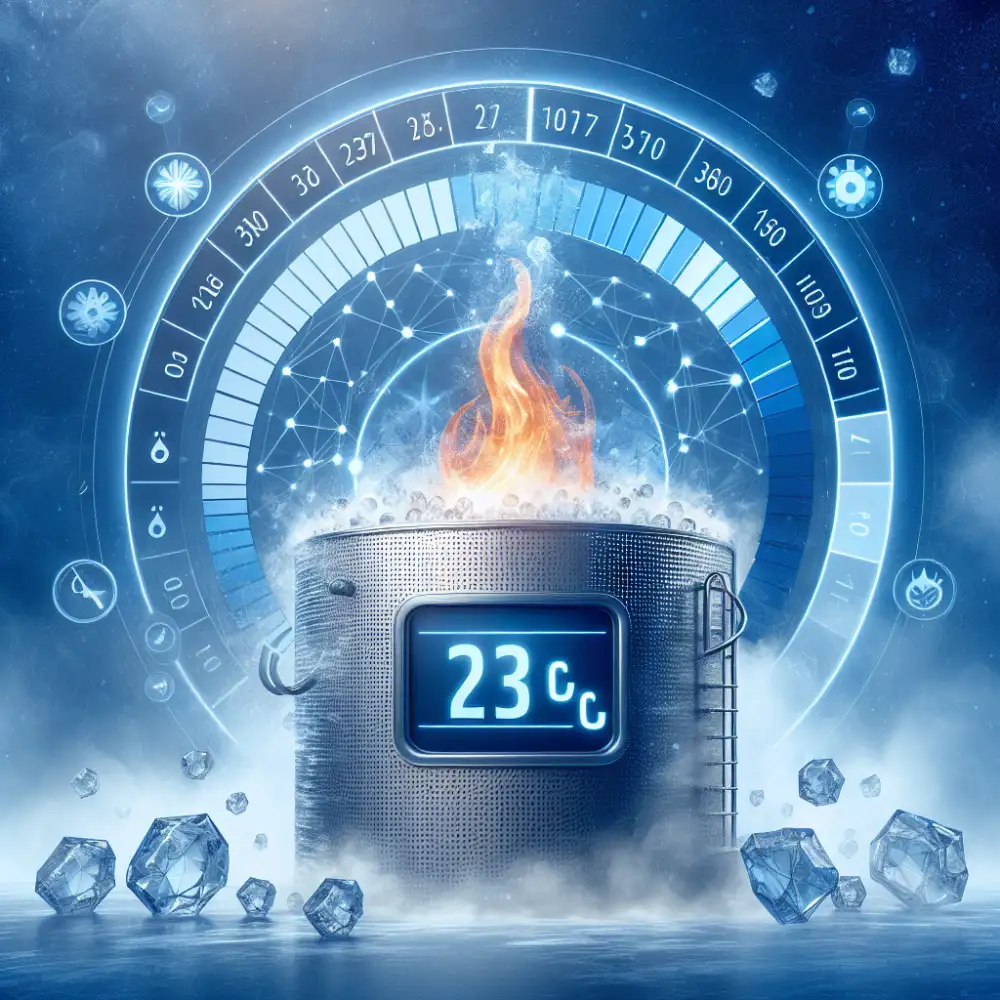
Traditional exercise, on the other hand, has a well-established track record for burning calories and improving overall health. Activities like running, swimming, cycling, and even brisk walking elevate your heart rate and force your body to work, leading to significant calorie expenditure. Moreover, exercise builds muscle, improves cardiovascular health, strengthens bones, and boosts your mood.
While cryotherapy might offer some benefits for recovery and inflammation, it shouldn't be considered a replacement for traditional exercise when it comes to calorie burn and overall health improvements. If you're looking to lose weight, improve your fitness, or enhance your well-being, incorporating regular physical activity into your routine is key. Remember to consult with healthcare professionals before making significant changes to your diet or exercise regimen.
While cryotherapy can be invigorating and offer various health benefits, its calorie-burning potential is relatively insignificant. Don't rely on a few minutes in the cold to offset that extra slice of cake!
Elara Nightshade
Health Benefits Beyond Calories
While many are intrigued by the idea of cryotherapy boosting calorie burn, it's essential to approach this with a balanced perspective. The truth is, the number of calories burned during a typical cryotherapy session (which usually lasts only a few minutes) is relatively modest. Think more along the lines of the calories you'd burn during a brisk walk, rather than an intense workout.
The real magic of cryotherapy lies in its potential to offer a range of health benefits that extend far beyond simple calorie expenditure. Think of it this way: cryotherapy might not be your magic bullet for weight loss through calorie burning alone, but it can be a powerful tool to support your overall wellness journey.
Risks and Considerations
While generally considered safe for most individuals, it's essential to be aware of potential risks and considerations associated with cryotherapy, especially concerning its purported calorie-burning benefits:
Cryotherapy sessions are short, typically lasting only a few minutes. While the extreme cold triggers various physiological responses, including a temporary increase in metabolism, the duration and intensity are unlikely to result in significant calorie expenditure.
Claims of burning hundreds of calories during a single session are often exaggerated and lack scientific backing.
Relying solely on cryotherapy for weight loss is unrealistic.
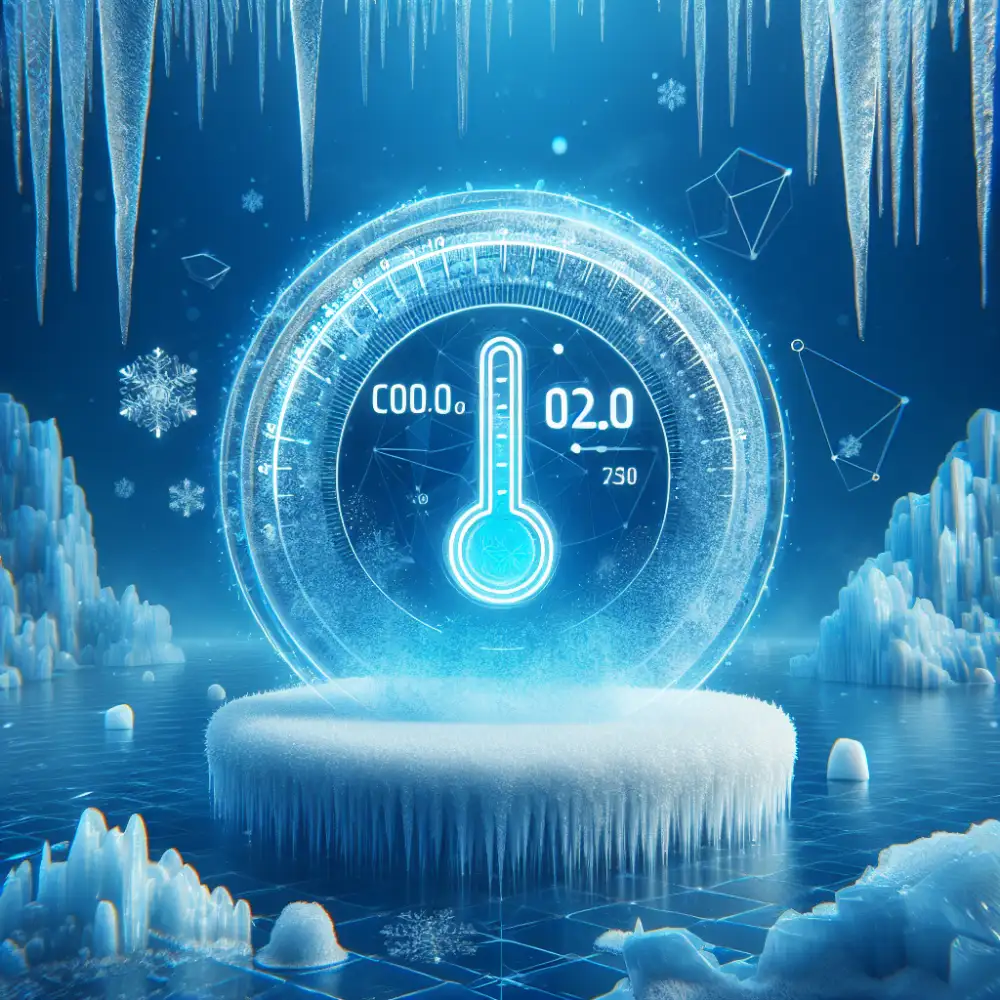
It's crucial to combine any form of cryotherapy with a comprehensive approach that includes a balanced diet and regular exercise.
Individuals with certain medical conditions, such as cardiovascular disease, hypertension, or cold sensitivities, should consult their healthcare provider before trying cryotherapy.
Pregnant women and young children should also avoid cryotherapy.
Always choose a reputable cryotherapy provider with trained professionals and appropriate safety measures in place.
Communicate any health concerns or previous cold-related issues to the staff beforehand.
While cryotherapy can be a complementary therapy for various health and wellness goals, it's essential to approach it with realistic expectations.
Focus on its potential benefits like reducing inflammation and muscle soreness, rather than viewing it as a primary weight-loss solution.
While cryotherapy can be an invigorating experience with potential benefits for muscle recovery and inflammation reduction, it's essential to approach claims about significant calorie burning with caution. Research suggests that the number of calories burned during a typical cryotherapy session is minimal, likely in the range of 5-10 calories. This limited calorie expenditure is because, although the body works to maintain its core temperature in the extreme cold, the duration and intensity of the exposure are not enough to trigger substantial calorie burning. Therefore, cryotherapy should not be considered a primary weight loss strategy. It's crucial to prioritize a balanced diet and regular exercise for sustainable weight management. If you're considering incorporating cryotherapy into your wellness routine, consult with your healthcare provider to determine if it aligns with your individual health goals and needs.
Published: 28. 06. 2024
Category: Health

